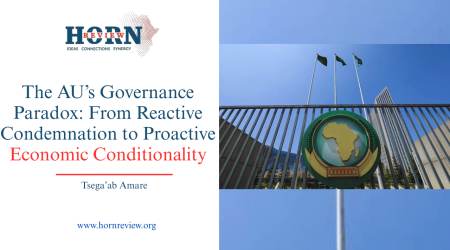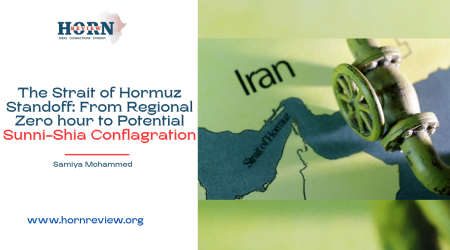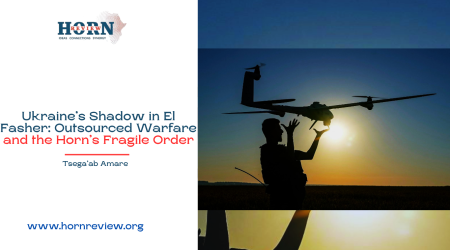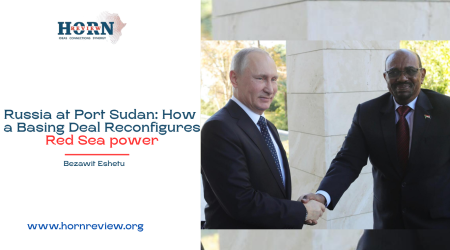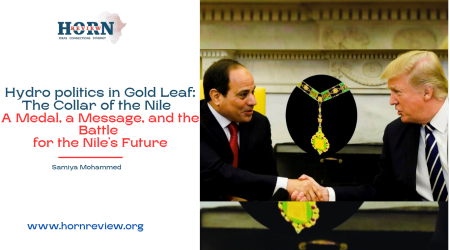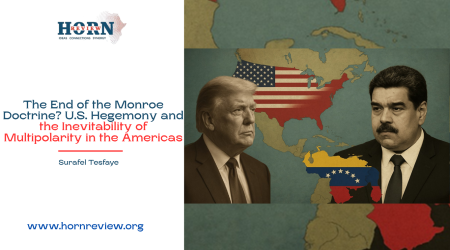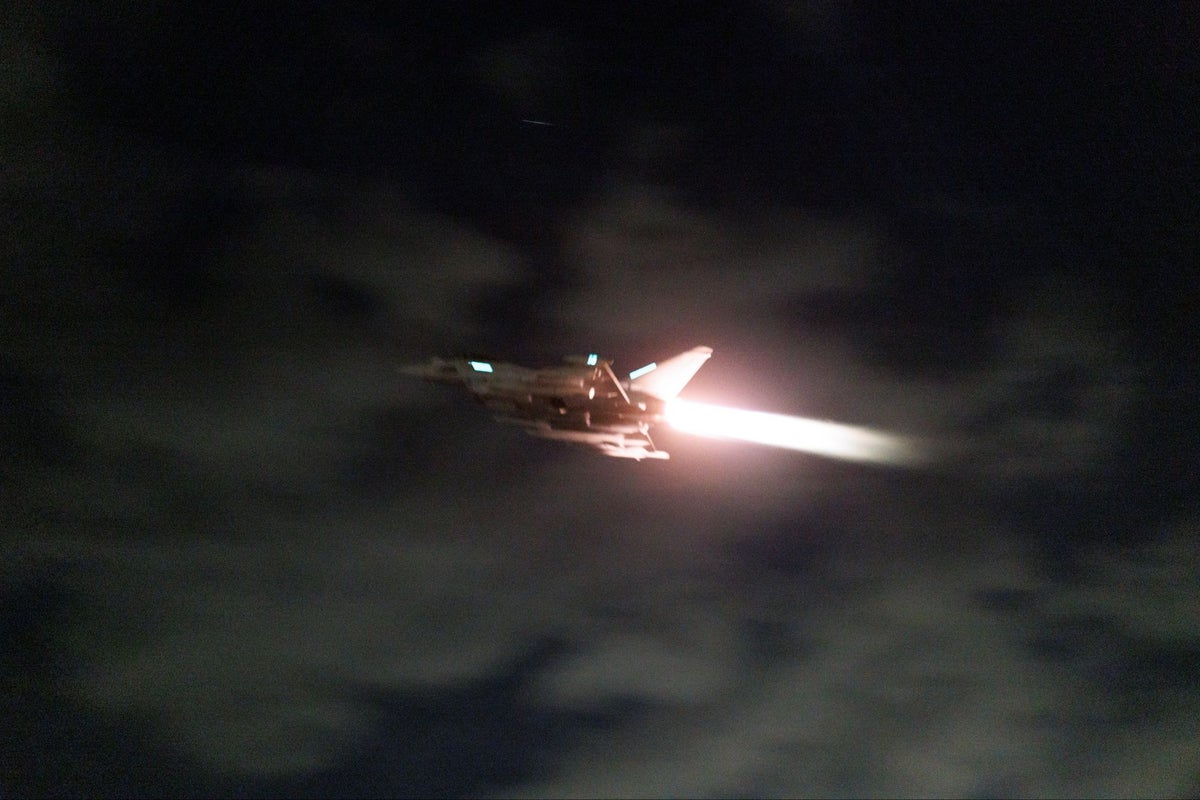
1
Apr
The U.S. Ramps Up Strikes Against Houthis: A Warning to Iran and a Fight for Global Trade
The United States has escalated its military campaign against the Iran-backed Houthi militants in Yemen, launching a relentless wave of strikes designed to dismantle their operational capabilities. In a recent statement, U.S. officials declared significant losses among Houthi fighters and leadership, underscoring the intensity of this new phase of engagement.
With near-continuous bombardment, the U.S. military seeks to erode the Houthis’ capacity to disrupt international shipping. The assertion that “many of their Fighters and Leaders are no longer with us” conveys the extent of these operations, while the commitment to striking “every day and night, harder and harder” signals an unwavering stance. These actions are framed as a necessary measure to ensure the security of maritime trade routes in one of the world’s most strategic waterways.
The persistent Houthi attacks on commercial and military vessels have already unsettled global markets, drawing sharp responses from major economic powers. The Bab el-Mandeb Strait, a critical juncture connecting the Indian Ocean to the Mediterranean, has become a flashpoint for instability. For the U.S. and its allies, safeguarding freedom of navigation in this region is paramount, with military intervention deemed an indispensable tool for maintaining economic stability.
Beyond the immediate battlefield, the strikes carry an implicit warning to Tehran, long accused of arming and funding the Houthis. The statement’s ominous assertion that “the real pain is yet to come, for both the Houthis and their sponsors in Iran” underscores a broader strategic message: continued Iranian support for the Yemeni rebels could provoke far-reaching consequences, whether through intensified sanctions, expanded military action, or covert operations targeting Iranian assets.
Yet, the long-term efficacy of this campaign remains uncertain. The Houthis have demonstrated remarkable resilience over years of conflict, withstanding sustained offensives by regional coalitions. While the U.S. frames its strikes as a defensive necessity, the potential for escalation remains significant. Should Iran perceive these attacks as a direct provocation, the conflict could expand beyond Yemen, drawing in regional and global actors.
At its core, this confrontation forces the Houthis into a critical decision: cease hostilities against U.S. and allied ships or endure an increasingly severe military response. The U.S. has made its position unequivocal, strikes will persist until the group is no longer deemed a threat. Whether this strategy succeeds in quelling Houthi aggression or merely fuels further conflict remains to be seen. For now, the Red Sea stands as a volatile arena in a broader struggle that could redefine the balance of power in the region for years to come.


